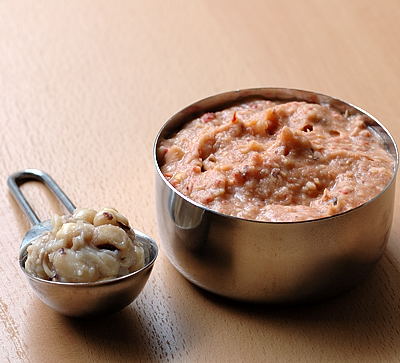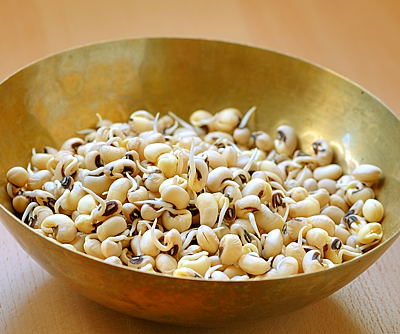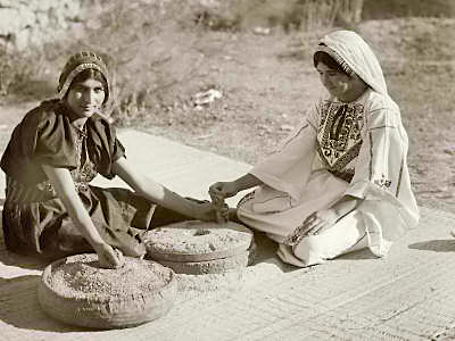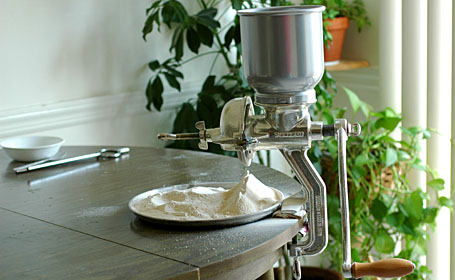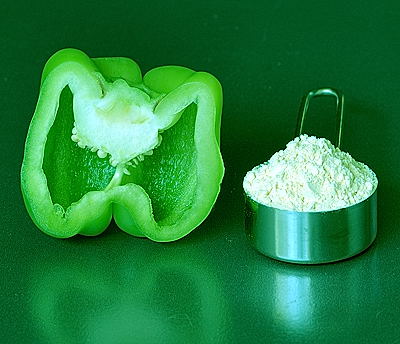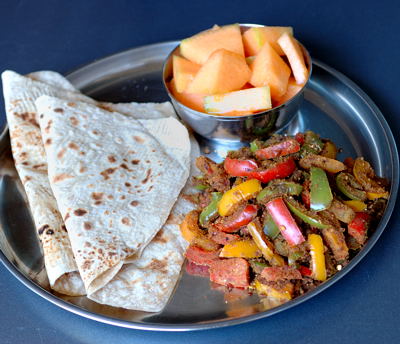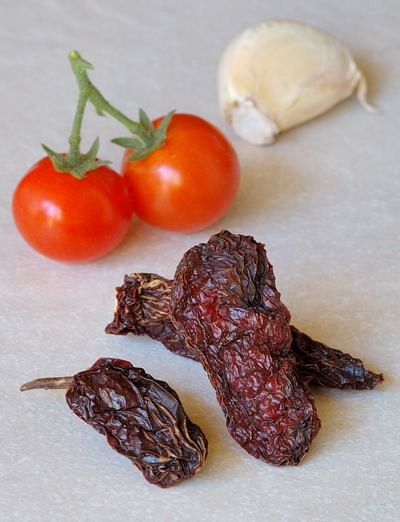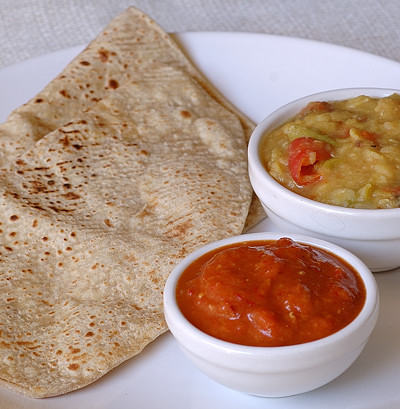There is nothing like a green leafy vegetable and dal combination. Otherwise difficult to like fibrous green leafy veggies magically render to mellow texture when combined and cooked with Indian dals.
Last Sunday, in addition to fresh amaranth, I also bought chard at local farmers market. 5 chard leaves for a dollar and thirty cents. Chard leaves are almost the size of young banana leaves. That big but they are delicate like spinach. They also taste similar to spinach. Makes a good meal when combined and cooked with masoor dal or toor dal.
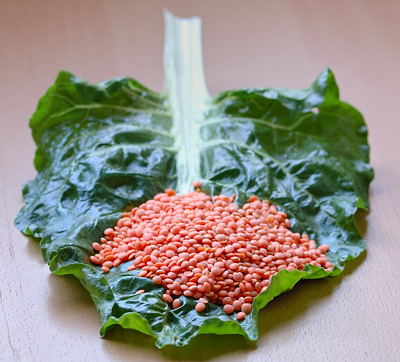
Fresh Chard Leaf and Masoor Dal
Recipe:
1 cup – masoor dal (red lentils)
5 – fresh chard leaves, coarsely chopped
1 each – onion and tomato, cut to big chunks
8 to 10 – finely chopped Indian variety green chillies
Cherry fruit sized, raw tamarind
½ teaspoon each – turmeric and saltFor popu or tadka:
1 tablespoon ghee or oil
¼ teaspoon each – cumin, mustard seeds, and minced garlic
6-8 curry leaves
Take masoor dal in a pressure-cooker. Rinse with water and drain the water.
Add the chard, onion, tomato, chillies, tamarind and turmeric, along with three cups of water.
Mix and pressure-cook for about 10-15 minutes on high heat and then allow the pressure to come down naturally. Remove the lid, usually the dal will be cooked to tender. Add salt and lightly mash the ingredients. The dal is now ready for the final “Popu or tadka” touch.
In a skillet, heat the ghee until a curry leaf tossed in it sizzles. Keep the heat to medium. Add the curry leaves and garlic. Toast to pale gold color. Then, toss in cumin and mustard seeds. When seeds start to pop, add the whole thing to mashed dal. Mix and serve.
Chard-masoor dal tastes good with rice and chapati.
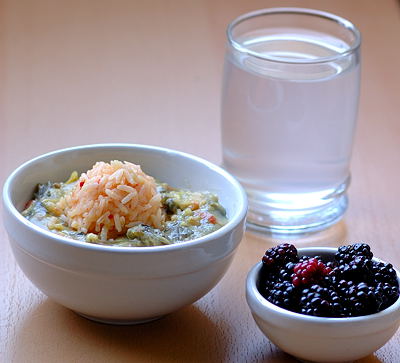
A Bowl of Chard-Masoor Dal with Tomato Pickled Rice, A glass of Coconut Water and a cup of Blackberries ~ Our Meal Today
Dazzling Dals ~ From My Digital Cookbook:
1. Amaranth Dal (Thotakura Pappu) ~ from Nandyala
2. Brinjal Dal (Vankaya Pappu) ~ from Nandyala
3. Fenugreek Dal (Menthi kura Pappu) ~ from Nandyala
4. Gongura Pappu (Ambadi Dal) ~ from Nandyala
5. Khatti Dal ~ Hyderabad Style
6. Lemon Cucumber Dal (Budamkaya Pappu) ~ from Nandyala
7. Mango Dal (Maamidi Kaya Pappu) ~ from Nandyala
8. Ridgegourd Dal (Beerakaya Pappu) ~ from Nandyala
9. Spinach Dal (Palakura Pappu) ~ from Nandyala
10. Spinach – Garlic Dal ~ from Kosta Region, Andhra
11. Spinach Mango Dal (Palakura Pullakura) ~ from Telengana
12. Spinach-Split Pea Dal ~ American Influence
13. Sprouted Masoor Dal ~ North India inspired
14. Tomato Dal (Tomato Pappu) ~ from Nandyala
15. Tindora Dal (Dondakaya Pappu) ~ from Nandyala
16. Moongdal Aamti with Kokum and Goda Masala ~ Maratha Influence
17. Mungdal and Ridgegourd (Beerakaya Pesara Pappu) ~ from Andhra
